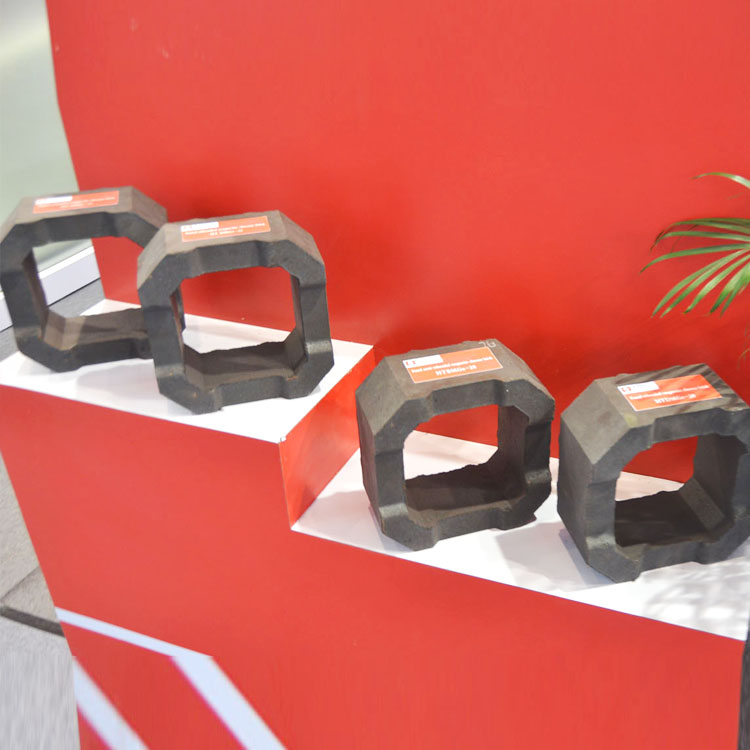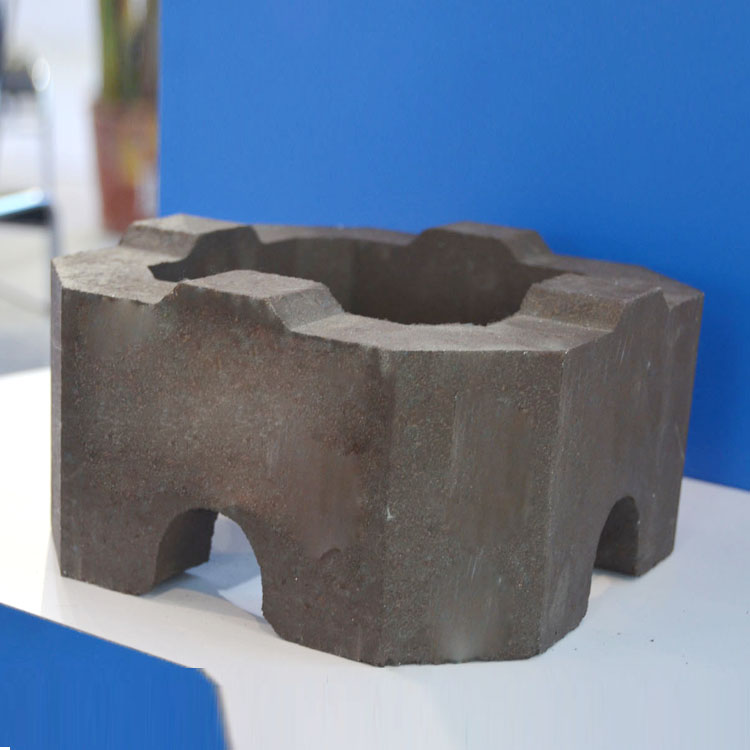.jpg?x-oss-process=image/resize,h_1000,m_lfit/format,webp)
The global refractory market is witnessing significant growth, driven by industries such as steel, cement, and glass. As these industries demand higher performance and more reliable refractory materials, direct-bonded magnesia-chrome bricks have emerged as a crucial solution. According to market research, the demand for high-quality refractory materials is expected to increase by 5% annually in the next five years.

Traditional magnesia-chrome bricks, including non-fired types, are known for their simple production process and low cost. The production of non-fired magnesia-chrome bricks can be completed in a relatively short time, usually within 2 - 3 days. They also exhibit good thermal stability, with a thermal shock resistance of up to 10 - 15 cycles. However, their high-temperature strength is relatively poor. At temperatures above 1500°C, their compressive strength can drop to about 30 - 40 MPa, which is far lower than that of fired bricks.
.jpg)
Direct-bonded magnesia-chrome bricks offer exceptional performance in high-temperature environments. They can withstand temperatures up to 1800°C, with a compressive strength of over 60 MPa at 1600°C. Their excellent slag resistance is also a key advantage. In steelmaking applications, they can reduce slag penetration by up to 30% compared to traditional bricks, significantly extending the service life of refractory linings.
| Performance Indicator | Direct-bonded Magnesia-chrome Bricks | Traditional Magnesia-chrome Bricks |
|---|---|---|
| Maximum Operating Temperature | 1800°C | 1600°C |
| Compressive Strength at 1600°C | Over 60 MPa | 30 - 40 MPa |
| Slag Penetration Reduction | Up to 30% | 10 - 15% |
The emergence of direct-bonded magnesia-chrome bricks has spurred technological upgrades in the refractory industry. Manufacturers are increasingly investing in research and development to improve the performance of these bricks. In the market, direct-bonded magnesia-chrome bricks have gradually captured a larger share, currently accounting for about 40% of the high-end refractory market. This has forced traditional brick manufacturers to either upgrade their products or face being phased out.
Direct-bonded magnesia-chrome bricks have been widely used in various industries. In a large steel plant in Europe, after replacing traditional bricks with direct-bonded ones in the converter lining, the lining's service life increased from 1200 heats to 1800 heats, reducing maintenance costs by 20%. Customers have also praised their reliability and cost-effectiveness, with 90% of customers indicating that they would continue to choose direct-bonded magnesia-chrome bricks in the future.

With the continuous development of high-temperature industries, the demand for high-performance refractory materials will only increase. Direct-bonded magnesia-chrome bricks, with their outstanding performance, are expected to play an even more important role in the future. They are likely to lead the development of the refractory industry, driving further technological innovation and market expansion.
Ready to upgrade your refractory solutions? Choose our direct-bonded magnesia-chrome bricks and experience the difference in performance and reliability. Contact us today to place your order!


